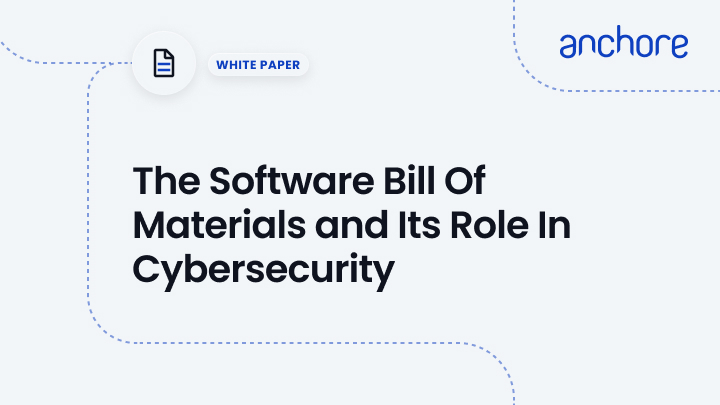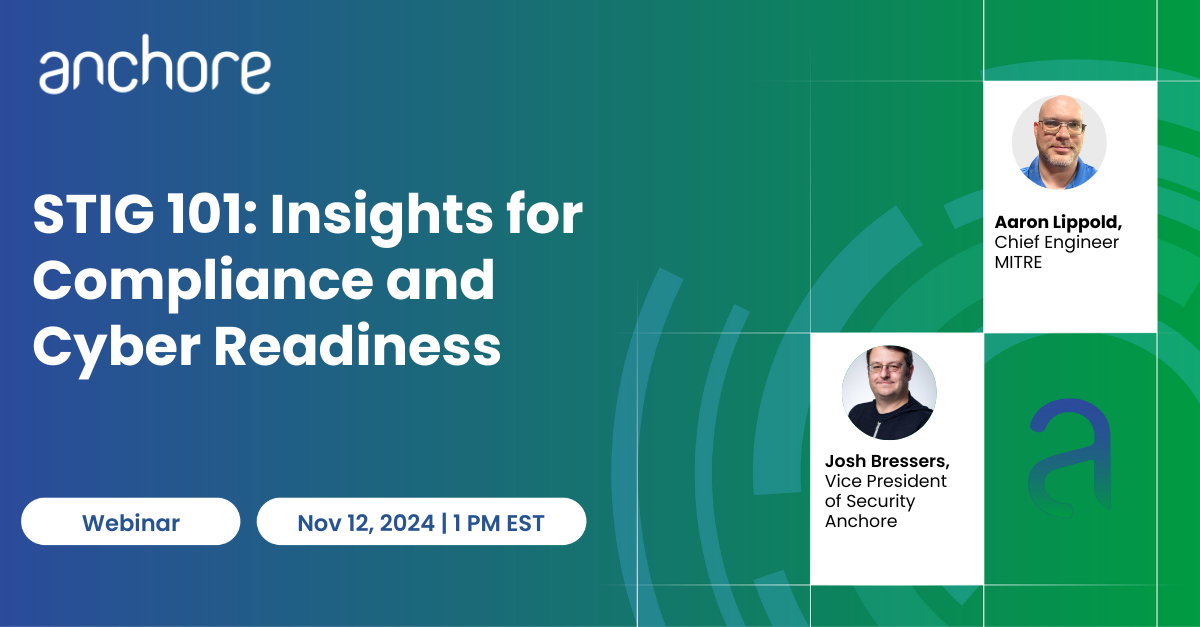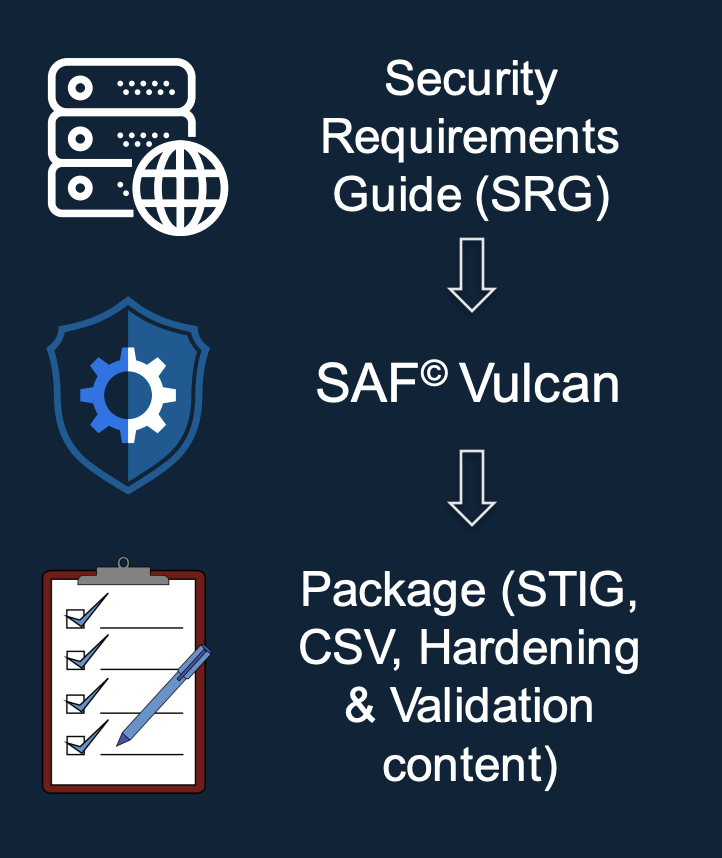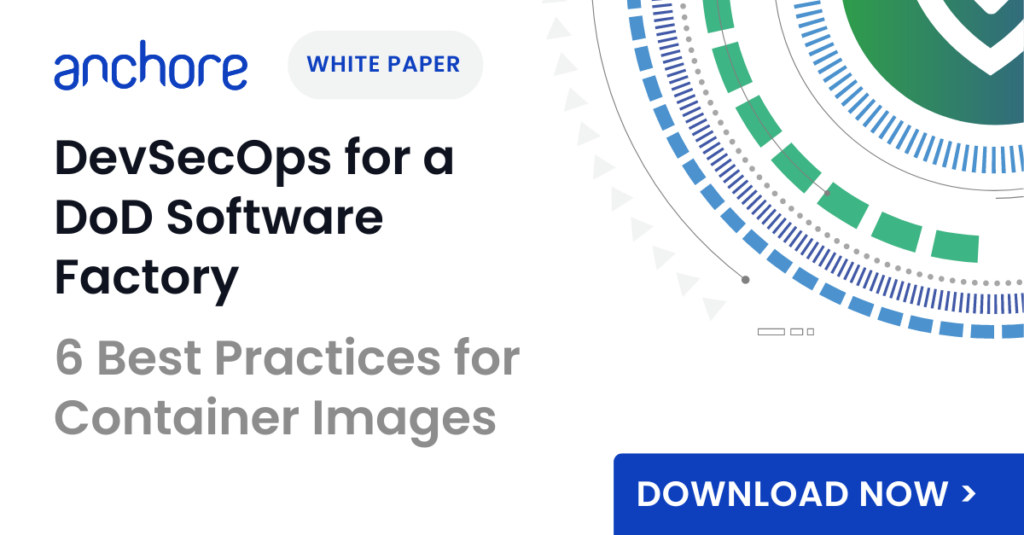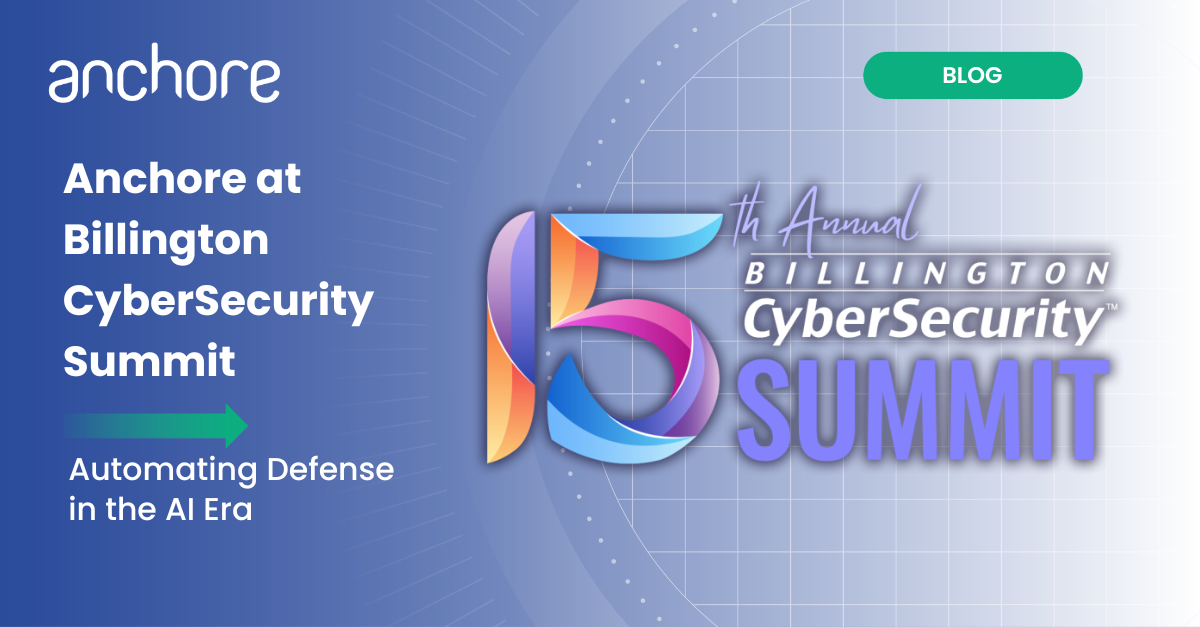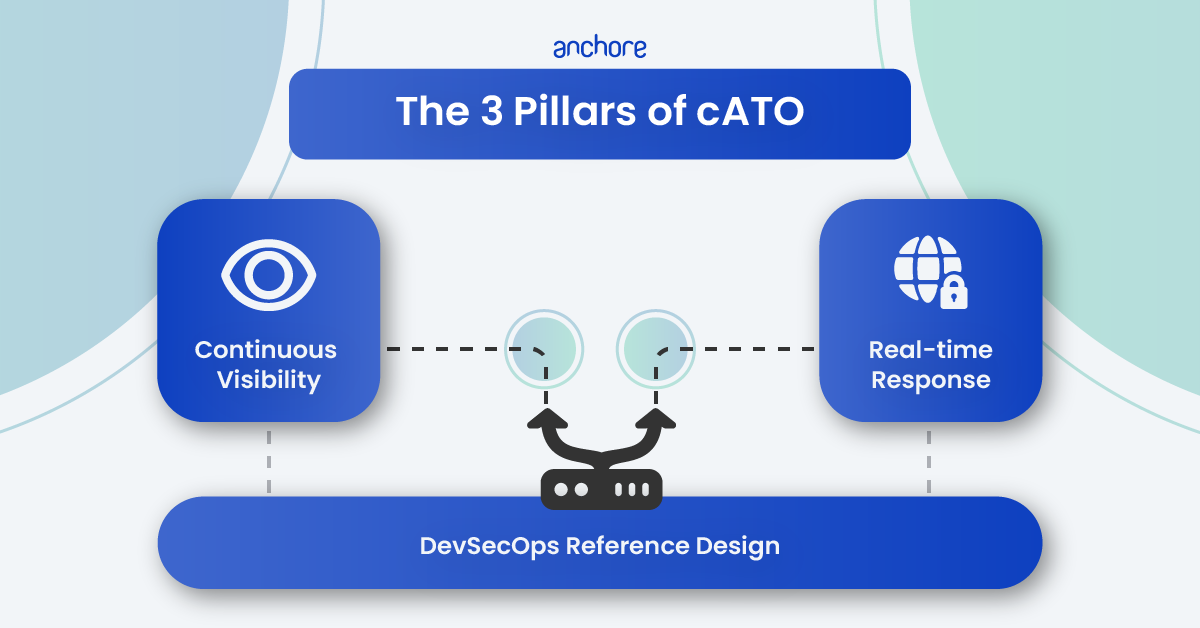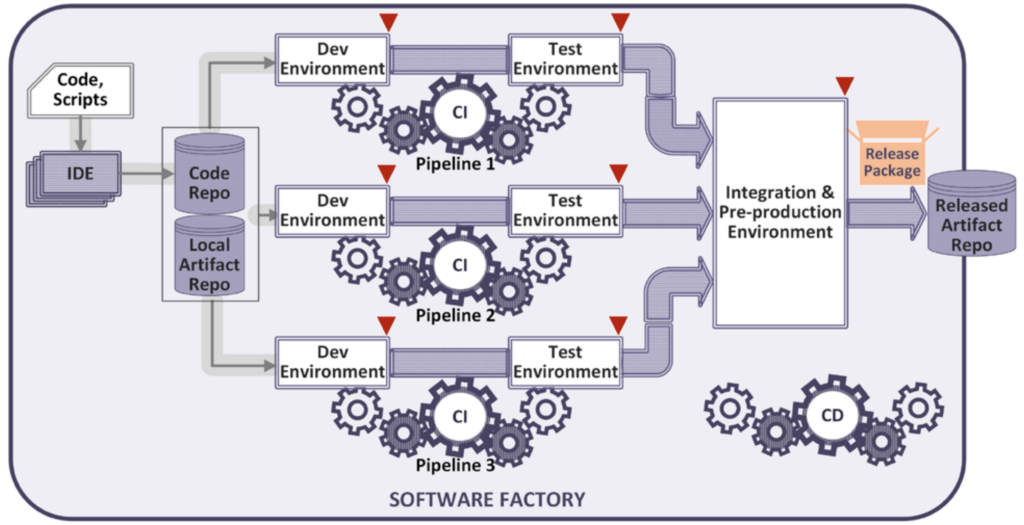To close out 2024, we’re going to count down the top 10 hottest hits from the Anchore blog in 2024! The Anchore content team continued our tradition of delivering expert guidance, practical insights, and forward-looking strategies on DevSecOps, cybersecurity compliance, and software supply chain management.
This top ten list spotlights our most impactful blog posts from the year, each tackling a different angle of modern software development and security. Hot topics this year include:
- All things SBOM (software bill of materials)
- DevSecOps compliance for the Department of Defense (DoD)
- Regulatory compliance for federal government vendors (e.g., FedRAMP & SSDF Attestation)
- Vulnerability scanning and management—a perennial favorite!
Our selection runs the gamut of knowledge needed to help your team stay ahead of the compliance curve, boost DevSecOps efficiency, and fully embrace SBOMs. So, grab your popcorn and settle in—it’s time to count down the blog posts that made the biggest splash this year!
The Top Ten List
10 | A Guide to Air Gapping
Kicking us off at number 10 is a blog that’s all about staying off the grid—literally. Ever wonder what it really means to keep your network totally offline?
A Guide to Air Gapping: Balancing Security and Efficiency in Classified Environments breaks down the concept of “air gapping”—literally disconnecting a computer from the internet by leaving a “gap of air” between your computer and an ethernet cable. It is generally considered a security practice to protect classified, military-grade data or similar.
Our blog covers the perks, like knocking out a huge range of cyber threats, and the downsides, like having to manually update and transfer data. It also details how Anchore Enforce Federal Edition can slip right into these ultra-secure setups, blending top-notch protection with the convenience of automated, cloud-native software checks.
9 | SBOMs + Vulnerability Management == Open Source Security++
Coming in at number nine on our countdown is a blog that breaks down two of our favorite topics; SBOMs and vulnerability scanners—And how using SBOMs as your foundation for vulnerability management can level up your open source security game.
SBOMs and Vulnerability Management: OSS Security in the DevSecOps Era is all about getting a handle on:
- every dependency in your code,
- scanning for issues early and often, and
- speeding up the DevSecOps process so you don’t feel the drag of legacy security tools.
By switching to this modern, SBOM-driven approach, you’ll see benefits like faster fixes, smoother compliance checks, and fewer late-stage security surprises—just ask companies like NVIDIA, Infoblox, DreamFactory and ModuleQ, who’ve saved tons of time and hassle by adopting these practices.
8 | Improving Syft’s Binary Detection
Landing at number eight, we’ve got a blog post that’s basically a backstage pass to Syft’s binary detection magic. Improving Syft’s Binary Detection goes deep on how Syft—Anchore’s open source SBOM generation tool—uncovers out the details of executable files and how you can lend a hand in making it even better.
We walk you through the process of adding new binary detection rules, from finding the right binaries and testing them out, to fine-tuning the patterns that match their version strings.
The end goal? Helping all open source contributors quickly get started making their first pull request and broadening support for new ecosystems. A thriving, community-driven approach to better securing the global open source ecosystem.
7 | A Guide to FedRAMP in 2024: FAQs & Key Takeaways
Sliding in at lucky number seven, we’ve got the ultimate cheat sheet for FedRAMP in 2024 (and 2025😉)! Ever wonder how Uncle Sam greenlights those fancy cloud services? A Guide to FedRAMP in 2024: FAQs & Key Takeaways spills the beans on all the FedRAMP basics you’ve been struggling to find—fast answers without all the fluff.
It covers what FedRAMP is, how it works, who needs it, and why it matters; detailing the key players and how it connects with other federal security standards like FISMA. The idea is to help you quickly get a handle on why cloud service providers often need FedRAMP certification, what benefits it offers, and what’s involved in earning that gold star of trust from federal agencies. By the end, you’ll know exactly where to start and what to expect if you’re eyeing a spot in the federal cloud marketplace.
6 | Introducing Grant: OSS Licence Management
At number six on tonight’s countdown, we’re rolling out the red carpet for Grant—Anchore’s snazzy new software license-wrangling sidekick! Introducing Grant: An OSS project for inspecting and checking license compliance using SBOMs covers how Grant helps you keep track of software licenses in your projects.
By using SBOMs, Grant can quickly show you which licenses are in play—and whether any have changed from something friendly to something more restrictive. With handy list and check commands, Grant makes it easier to spot and manage license risk, ensuring you keep shipping software without getting hit with last-minute legal surprises.
5 | An Overview of SSDF Attestation: Compliance Need-to-Knows
Landing at number five on tonight’s compliance countdown is a big wake-up call for all you software suppliers eyeing Uncle Sam’s checkbook: the SSDF Attestation Form. That’s right—starting now, if you wanna do business with the feds, you gotta show off those DevSecOps chops, no exceptions! In Using the Common Form for SSDF Attestation: What Software Producers Need to Know we break down the new Secure Software Development Attestation Form—released in March 2024—that’s got everyone talking in the federal software space.
In short, if you’re a software vendor wanting to sell to the US government, you now have to “show your work” when it comes to secure software development. The form builds on the SSDF framework, turning it from a nice-to-have into a must-do. It covers which software is included, the timelines you need to know, and what happens if you don’t shape up.
There are real financial risks if you can’t meet the deadlines or if you fudge the details (hello, criminal penalties!). With this new rule, it’s time to get serious about locking down your dev practices or risk losing out on government contracts.
4 | Prep your Containers for STIG
At number four, we’re diving headfirst into the STIG compliance world—the DoD’s ultimate ‘tough crowd’ when it comes to security! If you’re feeling stressed about locking down those container environments—we’ve got you covered. 4 Ways to Prepare your Containers for the STIG Process is all about tackling the often complicated STIG process for containers in DoD projects.
You’ll learn how to level up your team by cross-training cybersecurity pros in container basics and introducing your devs and architects to STIG fundamentals. It also suggests going straight to the official DISA source for current STIG info, making the STIG Viewer a must-have tool on everyone’s workstation, and looking into automation to speed up compliance checks.
Bottom line: stay informed, build internal expertise, and lean on the right tools to keep the STIG process from slowing you down.
3 | Syft Graduates to v1.0!
Give it up for number three on our countdown—Syft’s big graduation announcement! In Syft Reaches v1.0! Syft celebrates hitting the big 1.0 milestone!
Syft is Anchore’s OSS tool for generating SBOMs, helping you figure out exactly what’s inside your software, from container images to source code. Over the years, it’s grown to support over 40 package types, outputting SBOMs in various formats like SPDX and CycloneDX. With v1.0, Syft’s CLI and API are now stable, so you can rely on it for consistent results and long-term compatibility.
But don’t worry—development doesn’t stop here. The team plans to keep adding support for more ecosystems and formats, and they invite the community to join in, share ideas, and contribute to the future of Syft.
2 | RAISE 2.0 Overview: RMF and ATO for the US Navy
Next up at number two is the lowdown on RAISE 2.0—your backstage pass to lightning-fast software approvals with the US Navy! In RMF and ATO with RAISE 2.0 — Navy’s DevSecOps solution for Rapid Delivery we break down what RAISE 2.0 means for teams working with the Department of the Navy’s containerized software. The key takeaway? By using an approved DevSecOps platform—known as an RPOC—you can skip getting separate ATOs for every new app.
The guidelines encourage a “shift left” approach, focusing on early and continuous security checks throughout development. Tools like Anchore Enforce Federal Edition can help automate the required security gates, vulnerability scans, and policy checks, making it easier to keep everything compliant.
In short, RAISE 2.0 is all about streamlining security, speeding up approvals, and helping you deliver secure code faster.
1 | Introduction to the DoD Software Factory
Taking our top spot at number one, we’ve got the DoD software factory—the true VIP of the DevSecOps world! We’re talking about a full-blown, high-security software pipeline that cranks out code for the defense sector faster than a fighter jet screaming across the sky. In Introduction to the DoD Software Factory we break down what a DoD software factory really is—think of it as a template to build a DoD-approved DevSecOps pipeline.
The blog post details how concepts like shifting security left, using microservices, and leveraging automation all come together to meet the DoD’s sky-high security standards. Whether you choose an existing DoD software factory (like Platform One) or build your own, the goal is to streamline development without sacrificing security.
Tools like Anchore Enforce Federal Edition can help with everything from SBOM generation to continuous vulnerability scanning, so you can meet compliance requirements and keep your mission-critical apps protected at every stage.
Wrap-Up
That wraps up the top ten Anchore blog posts of 2024! We covered it all: next-level software supply chain best practices, military-grade compliance tactics, and all the open-source goodies that keep your DevSecOps pipeline firing on all cylinders.
The common thread throughout them all is the recognition that security and speed can work hand-in-hand. With SBOM-driven approaches, modern vulnerability management, and automated compliance checks, organizations can achieve the rapid, secure, and compliant software delivery required in the DevSecOps era. We hope these posts will serve as a guide and inspiration as you continue to refine your DevSecOps practice, embrace new technologies, and steer your organization toward a more secure and efficient future.
If you enjoyed our greatest hits album of 2024 but need more immediacy in your life, follow along in 2025 by subscribing to the Anchore Newsletter or following Anchore on your favorite social platform:

